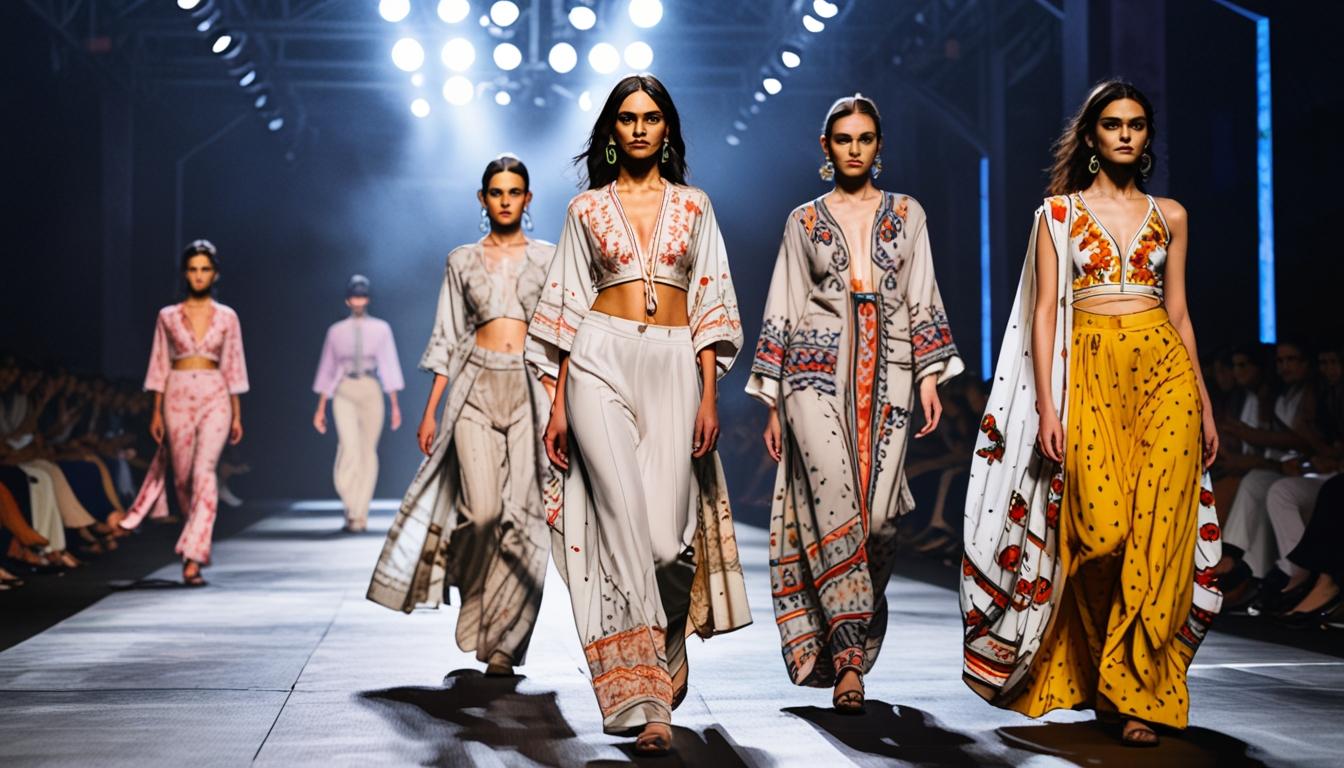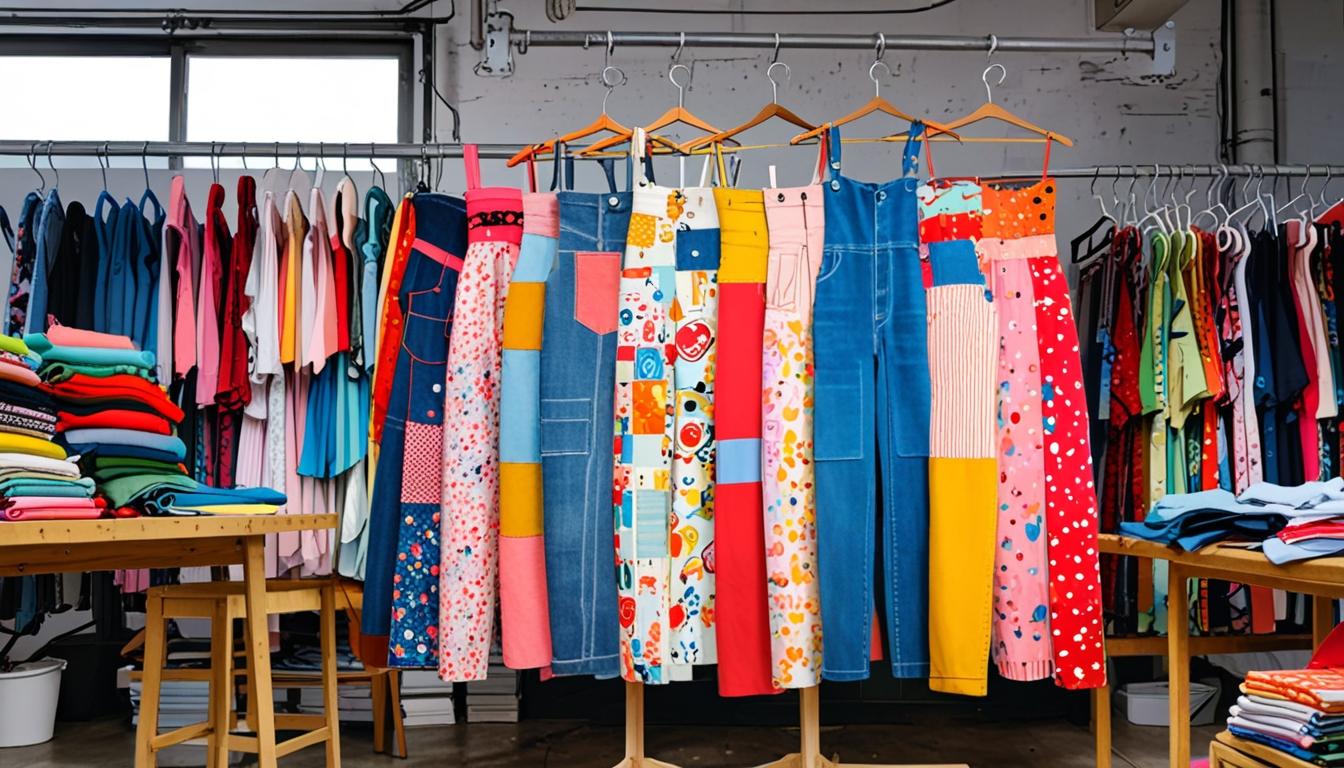Indian designer Tarun Tahiliani unveils his new pret label, OTT, showcasing a shift towards accessible luxury at Lakme Fashion Week 2025, highlighting the evolution of fashion trends among younger consumers.
Renowned Indian designer Tarun Tahiliani showcased a fresh approach to luxury fashion at Lakme Fashion Week 2025, held in Mumbai in collaboration with the Fashion Design Council of India. Best known for his extravagant wedding attire—lehengas, sarees, sherwanis, and shararas—Tahiliani introduced his new pret label, OTT. This move marks a significant expansion for the couturier, highlighting his versatility beyond traditional bridal and couture wear.
The pret collection featured a range of designs including tailored white trousers, cotton shirts, lightweight Chikankari zipper jackets worn over simple corsets, and printed kaftans—pieces which diverged from the opulence typically associated with his brand. This shift to pret-a-porter reflects a broader trend among luxury designers in India who are establishing bridge-to-luxury lines to cater to a growing demand for accessible fashion. Notably, fellow designers like Rahul Mishra, Anamika Khanna, and the duo of Shantnu & Nikhil also displayed their bridge-to-luxury collections at the same event.
“One of the main principles of these bridge-to-luxury collections is offering everyday staples and occasion wear at a fraction of the cost of high-end couture,” Tahiliani explained to India Today. “We aimed to make high-quality design more accessible… OTT represents this evolution—a line that embodies the essence of India Modern, blending our rich heritage with contemporary sensibilities.”
The evolution of consumer behavior in India, particularly among Gen Z and Millennials, plays a crucial role in this trend. As younger generations cultivate a preference for versatile and affordable luxury, designers like Tahiliani adjust their offerings accordingly. Sunil Sethi, Chairman of the Fashion Design Council of India, emphasized that while luxury couture maintains its exclusivity, pret lines present an opportunity to reach a broader customer base. “Not every fashion enthusiast can afford a Rs 5–20 lakh lehenga,” Sethi stated, acknowledging that many consumers are looking for designer options for events like Diwali celebrations or intimate gatherings without the commitment of costly one-time-wear outfits.
The rise of bridge-to-luxury brands is further exemplified by its global counterparts, with international fashion houses successfully leveraging multiple labels to serve different market segments. Sethi cited designer JJ Valaya’s successful adaptation in India with his ready-to-wear line, JJV, which has rapidly expanded its number of stores.
The transformation in the Indian fashion landscape reflects a broader desire for style without the constraints of traditional occasion-specific couture. Designers are embracing contemporary aesthetics infused with streetwear influences, adapting to the tastes of a new generation of consumers who prioritize style, versatility, and affordability.
Tahiliani also pointed out the collaborative nature of the current market. Brands seeking partnerships often select designers whose products resonate with a younger audience. “In today’s market, designers need collaborations. A bridal-only designer might not be the best fit for a youth-centric smartphone brand,” he explained.
The intersection of luxury and accessibility represented by lines like OTT not only provides consumers with fashion choices that reflect their lifestyle but also aligns with the strategic marketing efforts of designers aiming to make their brands more relatable. Retail opportunities now allow access to pieces like a festive draped golden skirt from OTT for approximately Rs 20,000, encouraging customers to incorporate designer wear into their everyday fashion rather than relegating such pieces solely to special occasions.
As the consumer landscape shifts towards more accessible luxury, designs such as those presented by Tarun Tahiliani and other conspicuous fashion houses indicate a promising evolution in the Indian fashion industry.
Source: Noah Wire Services




